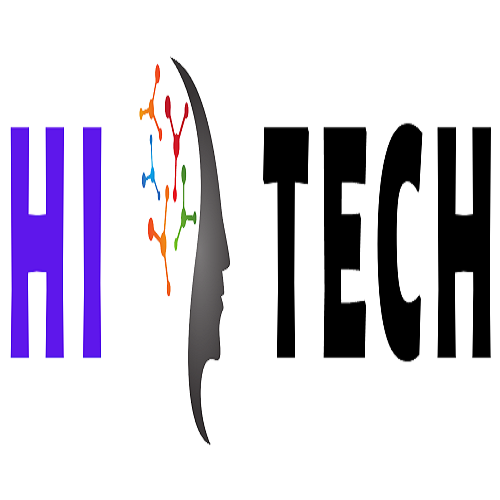Introduction:
Internet
of Things (IOT) is a revolutionary technology that is changing the way we live,
work, and interact with the world around us. IOT is a network of physical
devices, vehicles, home appliances, and other items embedded with sensors,
software, and connectivity that enable these objects to connect and exchange
data with each other and the internet.
IOT
technology has many applications, including smart homes, industrial automation,
healthcare, transportation, and agriculture, among others. In this article, we
will explore the basics of IOT technology, its benefits, challenges, and future
prospects.
What is IOT Technology?
IOT
technology involves connecting physical devices to the internet to exchange
data, automate processes, and improve efficiency. IOT devices are typically
equipped with sensors, software, and connectivity that allow them to collect
and transmit data to other devices or servers. This data can be used to monitor
the device's performance, detect anomalies, and trigger actions or alerts.
IOT
devices can be divided into two categories: consumer IOT devices and industrial
IOT (IIOT) devices. Consumer IOT devices are used in homes and other
non-industrial settings, such as wearable devices, smart thermostats, and smart
speakers. IIOT devices, on the other hand, are used in industrial settings,
such as factories, warehouses, and transportation systems.
Benefits of IOT Technology:
IOT
technology offers many benefits to businesses, consumers, and society as a
whole. Some of the key benefits of IOT technology include:
Improved
Efficiency: IOT technology can automate processes and eliminate the need for
manual intervention, which can improve efficiency and reduce costs.
Better Decision Making: IOT technology can provide
real-time data and insights, which can help businesses make better decisions
and improve their operations.
Enhanced Customer Experience: IOT technology can provide
personalized experiences to customers, such as smart homes that adjust
temperature and lighting based on their preferences.
Increased Safety: IOT technology can improve safety
by detecting and alerting to potential hazards, such as gas leaks or fire.
Reduced Environmental Impact: IOT technology can reduce the
environmental impact of businesses and households by optimizing resource
consumption, such as energy and water.
Challenges of IOT Technology:
Security: IOT devices can be vulnerable to cyber- attacks, which can
compromise data privacy and security.
Interoperability: IOT devices from different
manufacturers may not be compatible with each other, which can hinder their
usefulness and limit their adoption.
Complexity: IOT technology involves many components and
technologies, such as sensors, connectivity, and cloud computing, which can
make it difficult to develop and deploy IOT systems.
Data Management: IOT devices generate large amounts of data,
which can be difficult to manage and analyze effectively.
Cost: IOT devices can be expensive, especially for industrial
applications that require many sensors and devices.
Future Prospects of IOT Technology:
The
future of IOT technology looks bright, as more and more devices become
connected and the potential applications of IOT technology continue to expand.
Some of the key trends and developments in IOT technology include:
Edge Computing: Edge computing involves processing data on the
device itself, rather than sending it to a central server. This can improve
efficiency and reduce latency.
5G Networks: 5G networks offer faster speeds and lower
latency than previous generations of cellular networks, which can enable new
applications of IOT technology, such as autonomous vehicles.
AI and Machine Learning: AI and machine learning can be
used to analyze the large amounts of data generated by IOT devices and extract
insights that can improve decision-making.
Blockchain: Blockchain can be used to secure IOT devices
and ensure data privacy and security.
Smart Cities: IOT technology can be used to create smart
cities that optimize resource consumption and improve the quality of life for
residents. This can include smart traffic management, waste management, and
energy efficiency.
Healthcare: IOT technology can transform healthcare by
enabling remote patient monitoring, personalized treatment plans, and improved
patient outcomes.
Agriculture: IOT technology can improve agricultural
practices by optimizing crop yields, reducing water consumption, and improving
livestock management.
Supply Chain Management: IOT technology can improve supply
chain management by providing real-time tracking of goods, reducing inventory
costs, and improving logistics efficiency.
Sustainability: IOT technology can contribute to
sustainability by enabling more efficient use of resources and reducing waste
and emissions.
Conclusion:
IOT
technology is a game-changer that is transforming the way we live and work. It
offers many benefits, such as improved efficiency, better decision-making, and
enhanced customer experience. However, it also presents challenges, such as
security, interoperability, complexity, data management, and cost. Despite
these challenges, the future of IoT technology looks bright, with many exciting
developments on the horizon. As IoT technology continues to evolve, it will
continue to change the world in ways we cannot yet imagine.










0 Comments